When people think of “off-roading,” they often picture rugged Jeep Wranglers, lifted trucks with lockers, or full-on 4WD rigs crawling over boulders. But there’s a middle ground: all-wheel drive (AWD) SUVs, which are more common, more user-friendly, and often more suited to many of Virginia’s milder backcountry roads and forestry tracks. In this article, we’ll explore the pros and cons of AWD for off-road use, discuss some models (especially Subaru and others), and then highlight a few trails in Virginia that are accessible (or nearly so) for AWD SUVs.
AWD vs. 4WD / 4×4 — The Key Differences
Before diving into the advantages and drawbacks, it helps to clarify what AWD really means in contrast to “true” 4WD:
- AWD (All-Wheel Drive) is typically a full-time system (or part-time/on-demand) that automatically allocates torque between front and rear (and sometimes side to side) based on which wheels have traction. The driver usually doesn’t have to engage anything manually. Subaru’s Symmetrical AWD system is a prominent example.
- 4WD / 4×4 systems typically let the driver switch between 2WD and 4WD modes (sometimes high/low range). In rugged off-road conditions, locking hubs, transfer cases, and locked differentials allow equal torque to all wheels, which helps in deep mud, rock crawling, or steep terrain.
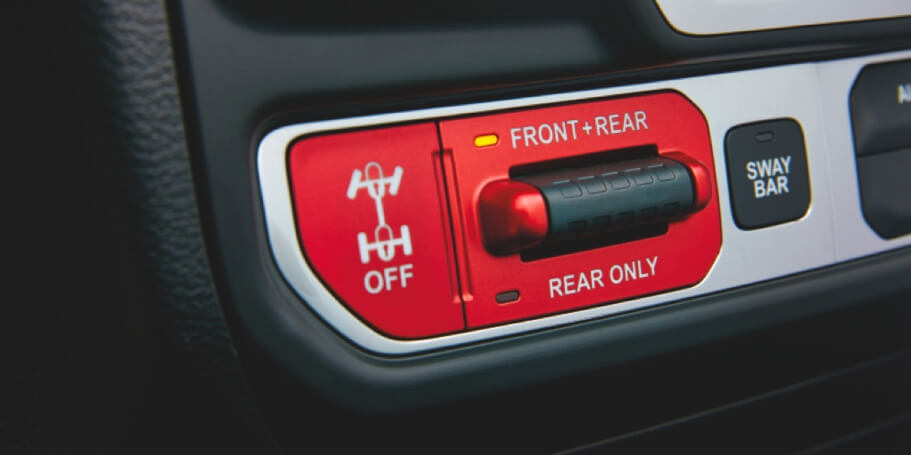
Because AWD systems are built to provide continuous traction automatically (rather than requiring human switching), they are excellent for wet, snowy, or slippery pavement and light gravel roads. But their limitations become apparent when you push into more extreme terrain.
Advantages of AWD for Off-Road Use
- User-friendly, seamless traction
One of the biggest benefits is simplicity. You don’t need to think about when to engage 4WD — the AWD system senses slip and redistributes torque accordingly. This is great for unpredictable terrain transitions (mud patches, gravel, small streams). - Better handling on non-paved roads and bad weather
AWD helps with grip in rain, light mud, snow, and on slippery rock surfaces. For many rural or forest service roads, it’s a useful extra margin of safety. - Lower cost, lighter weight, and improved fuel economy
AWD systems tend to be less heavy, less complex, and more efficient in everyday driving than a full 4WD rig with heavy duty transfer cases, locking diffs, etc. This makes them more practical as daily drivers that occasionally go off road. - Approachability for casual trail users
For people who want to explore forestry roads, gravel tracks, seasonal fire roads, and mild off-piste routes, AWD offers a comfortable step between ordinary pavement driving and hardcore off-road rigs.
Disadvantages & Limitations of AWD for True Off-Roading
- Limited low-end torque and ground control
AWD systems are not optimized for extreme low-speed torque or wheel locking. Many AWD vehicles use torque vectoring and electronic differentials, but they cannot replicate the power-locking and brute force of a 4×4. On steep climbs, deep mud, or rock obstacles, an AWD SUV can get stuck or lose momentum. - Lack of selectable low range / locking diffs
Without low-range gears or mechanical lockers, you lose one of the main tools that serious off-roaders rely upon to control torque and traction when one or more wheels lose contact or grip. - Clearance, suspension, and underbody protection
Many AWD SUVs are not built with high ground clearance, skid plates, or rugged suspension geometry. Rocks, stumps, and washouts can cause damage to the underbody or suspension parts. In contrast, purpose-built 4WD rigs often come with heavy skid plates, rock rails, stronger axles, etc. - Tire and drivetrain stress
Putting AWD vehicles into harsh off-road use can stress components (differentials, driveshafts, CV joints). If you push beyond what the system was designed for, failures are more likely. - Overconfidence trap
Because AWD gives additional traction, some drivers overestimate their vehicle’s off-road capability. They may venture into terrain that exceeds their clearance, rock ability, or structural limits, leading to damage or getting stuck.
In short: AWD is a capable middle ground, but it is not a full replacement for a proper 4WD rig when conditions get really rugged.
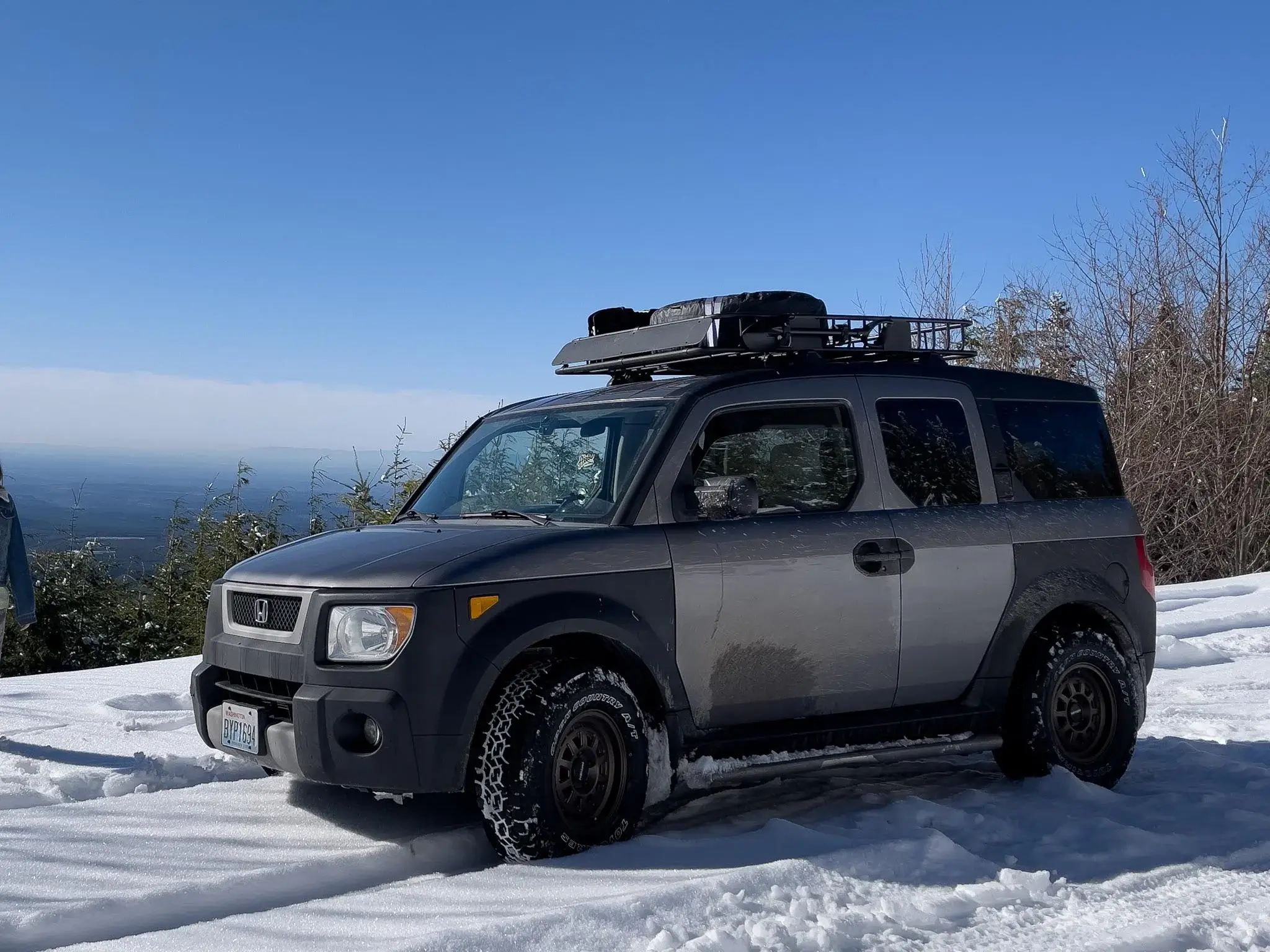
AWD-Friendly Models Worth Considering
If you’re writing for Virginia Off Road, it’s good to mention examples of AWD SUVs that are more capable than your average crossover — especially ones with slight off-road treatment or trim levels built for rough use.
Subaru (Forester, Outback, Crosstrek, Wilderness variants)
Subaru is often the flagship name when it comes to AWD. Their Symmetrical AWD system offers a balanced, continuous torque distribution, which aids predictability under less-than-ideal traction conditions.
- Subaru Forester – A favorite among folks who want practicality plus some off-road confidence. With ground clearance in many trims around 8.7 inches (or more in Wilderness editions), it’s able to handle moderate gravel roads, roots, and uneven terrain.
- Subaru Outback / Outback Wilderness – The Outback already leans toward soft off-road capability, and the Wilderness trim boosts ground clearance (often ~9.5 in) and adds more robust suspension, wheels, and tires to better tackle light trails.
- Subaru Crosstrek – Smaller, but nimble. If lightly modified (all-terrain tires, slight lift), Crosstreks can tackle forest roads, logging roads, and backcountry loops.
- Subaru Ascent – Larger, three-row SUV with AWD. It’s not as nimble in tight terrain, but its AWD gives extra security on muddy or slick roads.
Enthusiast communities regularly mention how Subaru AWD cars “come alive” on moderately rough terrain relative to typical crossovers.
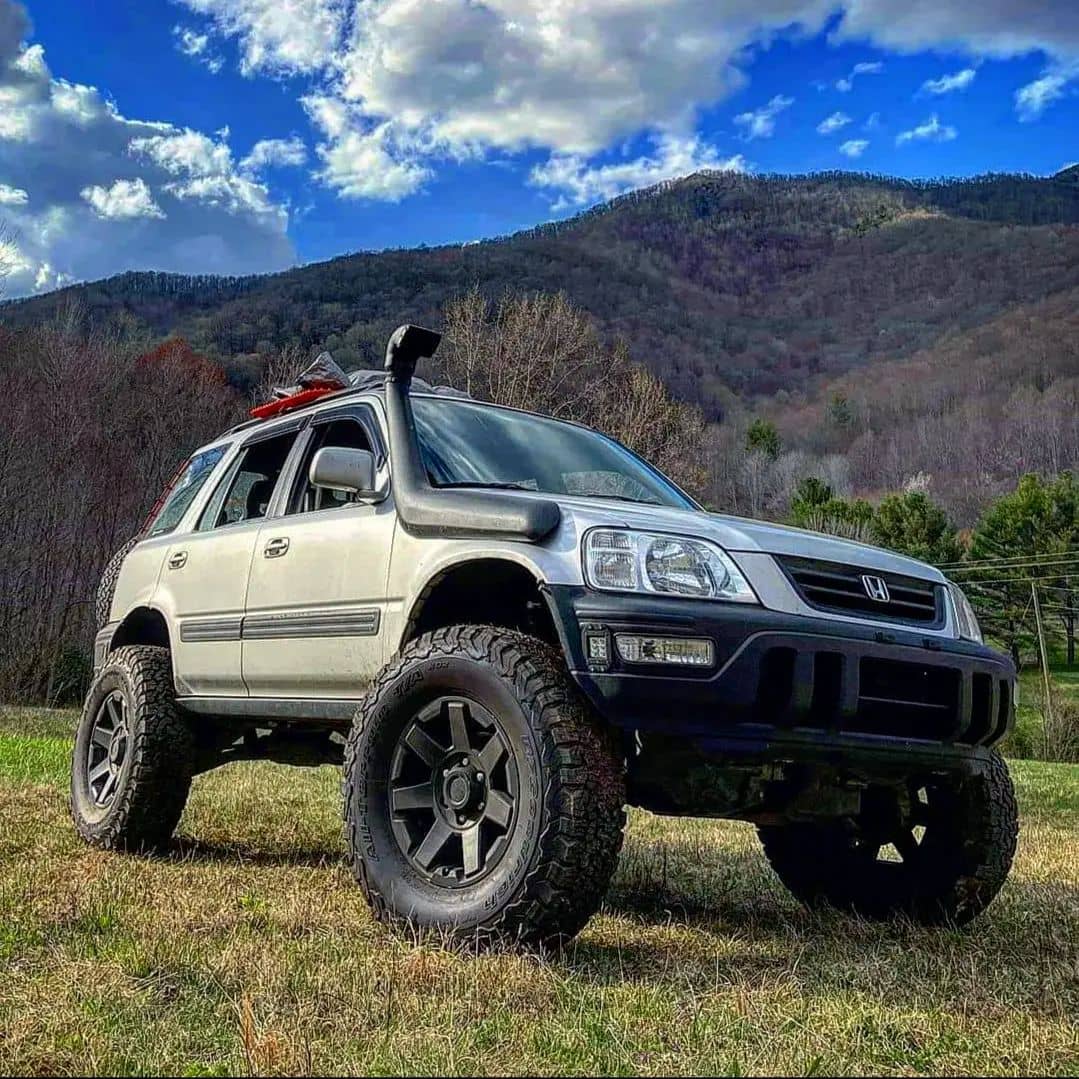
Other AWD or AWD-centric SUVs
- Toyota RAV4 (especially the Adventure or TRD Off-Road versions) — these trims add more rugged tires, underbody protection, and suspension tweaks, making them more trail-capable than the base models.
- Mazda CX-50 — Mazda’s newer crossover with off-road-focused trims adds some capability to what would be a primarily street-focused vehicle.
- Jeep Cherokee (4×4 AWD hybrid models) — some newer models use AWD-like systems when not in full 4WD, giving flexibility.
- Ford Bronco Sport — though not a traditional 4WD, many trims have AWD with off-road modes, modest capability for easy trails.
- Volkswagen Tiguan / Golf Alltrack or Audi’s Quattro models — these lean more toward adventure crossovers, decent in light mud and gravel roads but not extreme trails.
These models each balance comfort, efficiency, and modest trail ability. With proper tires, slight suspension tweaks, and an aware driver, they can serve well in Virginia’s backcountry.
AWD Off-Road Strategy & Best Practices
Before hitting the trail, here are key tips to maximize what AWD SUVs can do (and avoid what they can’t):
- Tires matter most
A good set of all-terrain tires (versus street tires) dramatically increases grip. Don’t expect miracles with highway rubber. - Watch your angles and clearance
Know your vehicle’s approach, breakover, and departure angles. Plan lines to avoid underside contact. - Maintain momentum (within reason)
AWD systems benefit from maintaining usable forward momentum. But if you push too hard, you risk spinning wheels and digging in. - Use lower gears / engine braking where possible
Even if your AWD setup doesn’t have a low-range, using lower transmission gears helps control speed on descents and maintain torque on climbs. - Air down your tires
Reducing tire pressure (within safe limits) helps increase contact patch and absorb bumps. - Minimize wheel spin
Let the AWD system do its job — spinning tires wastes traction and can overheat components. - Pick your lines carefully
Because AWD rigs are less forgiving than 4WDs, choose smoother lines, avoid extreme ruts or drop-offs, and avoid side-hill crossings unless confident. - Know when to walk it first
If terrain looks aggressive, get out and inspect the route. Know your vehicle’s limits. - Install a skid plate / underbody protection (if available)
Many AWD SUVs can be retrofitted with protective plates for vulnerable parts like oil pans, transmission housings, etc. - Recovery gear is essential
Even mild trails can turn sticky. Carry a strap, shovel, traction boards, jack, and basic recovery tools.
With those strategies, an AWD SUV becomes a capable tool for many of Virginia’s mild and moderate off-road routes.
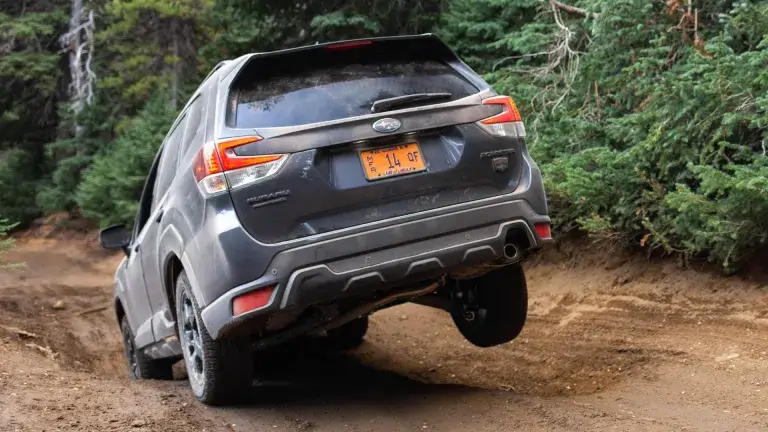
Virginia AWD-Friendly Trails & Roads
While much of Virginia’s off-road scene leans toward 4WD trails, the state also contains numerous gentler forest service roads, gravel runs, and light off-road loops that are within reach of a well-equipped AWD SUV. Below are several examples and ideas:
Peters Mill Run (George Washington National Forest)
This is one of the more popular “easy” off-road roads. It’s a point-to-point trail, relatively mellow, with some rocky bits and gravel. Many sources call it “stock-friendly” and suitable for beginners with capable vehicles.
Chrisman Hollow (FS 274)
Located near Fredericksburg side, this route is about 8.6 miles and generally rated “easy.” It’s mostly maintained gravel with occasional uneven spots — comfortable for AWD SUVs.
Edinburg Gap Road
Another lightly maintained forest road in the GWNF, with gentle gravel terrain and mild obstacles. The road is single-vehicle width in places but generally manageable.
Hawk Run / Hawk
This meandering forest road climbs Spring Mountain along the Virginia–West Virginia border. Mostly gravel and dirt, rated “easy” under some listings — good for AWD use.
Vances Cove
Another gravel/dirt meandering route of moderate length (≈9 mi), occasionally washboarded or eroded in patches, but mostly manageable for AWD SUVs.
Cub Run
A more gentle route (≈8.4 miles) of forest service roads with minimal tricky sections. Good as a starter for AWD drivers.
Additional Notes & Cautions
- Some trails (e.g. Bald Mountain Jeep Trail, Flagpole Knob) are known to have tougher segments (rocks, mud pits) and may exceed what an AWD SUV can handle unless significantly modified.
- Potts Mountain Jeep Trail is typically too technical for stock AWD — steep inclines, large boulders, and drop-offs make it more suited to lifted 4WD rigs.
- Always check trail status (open or closed), seasonal weather, washouts, and Forest Service permissions before heading out.
Even in more remote parts of the George Washington and Jefferson National Forests, many FS roads are essentially gravel or dirt and suitable for AWD vehicles with caution. The key is to pick trails that stay within your vehicle’s capability envelope.
Sample Narrative / Use Case
Imagine you’re in Staunton or Harrisonburg and want a weekend getaway into the national forest. You drive a Subaru Outback Wilderness. You load your camping gear, lower your tire pressures slightly, and head down the route to Edinburg Gap Road. The gravel surface is loose but manageable. You cruise through forest scenery, stopping by overlooks. You branch off onto Cub Run for a side loop. The AWD system helps you through wet patches after rain. You avoid deep ruts and rock obstacles. By afternoon you’re at a campsite, using the same AWD for the return trip on snow or slick roads in early spring.
That kind of balanced adventure is exactly the niche for AWD SUVs in Virginia: bridging everyday usability and light backcountry exploration.
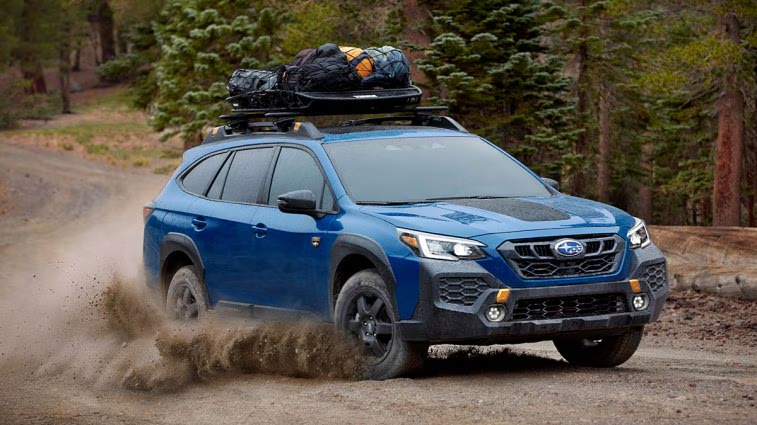

No responses yet